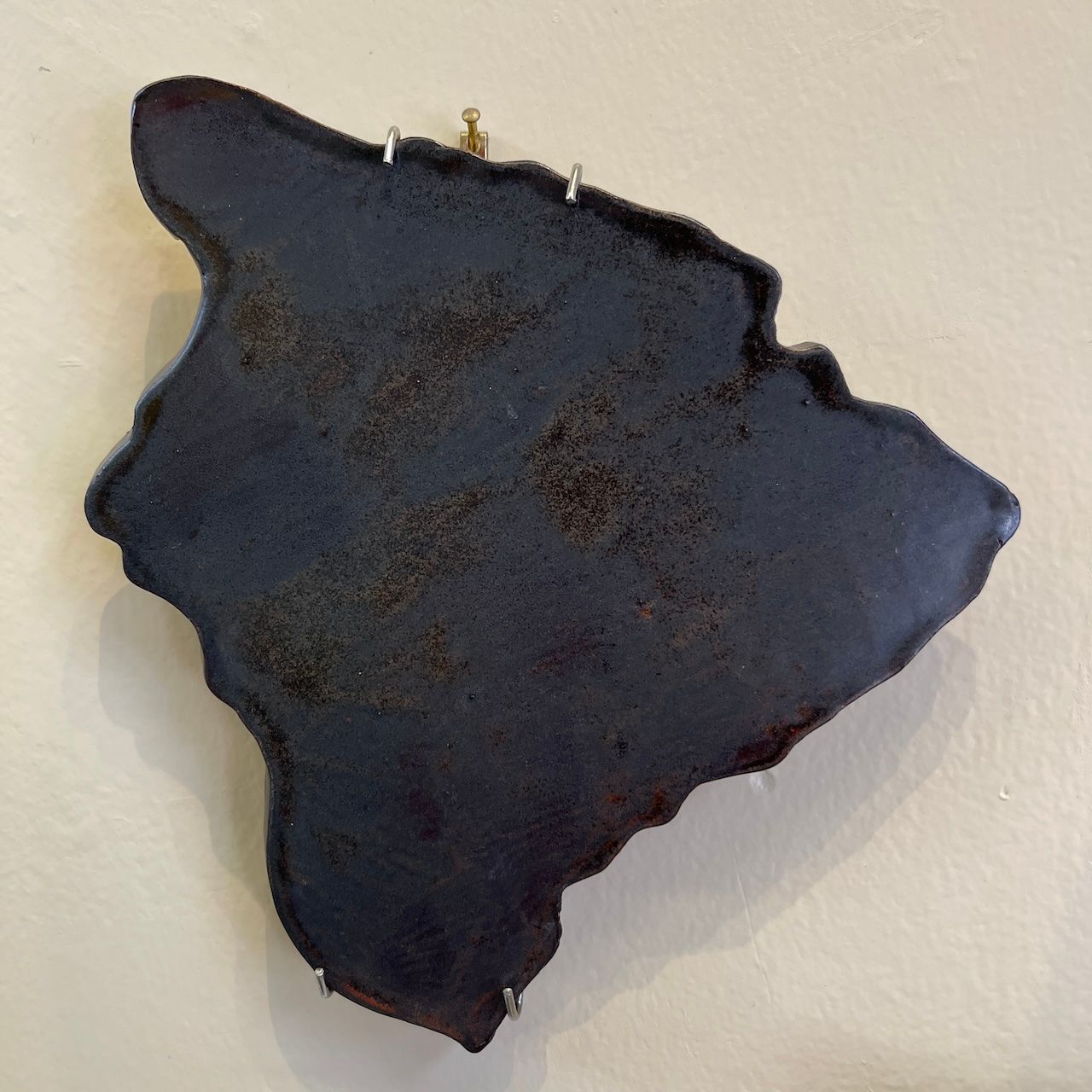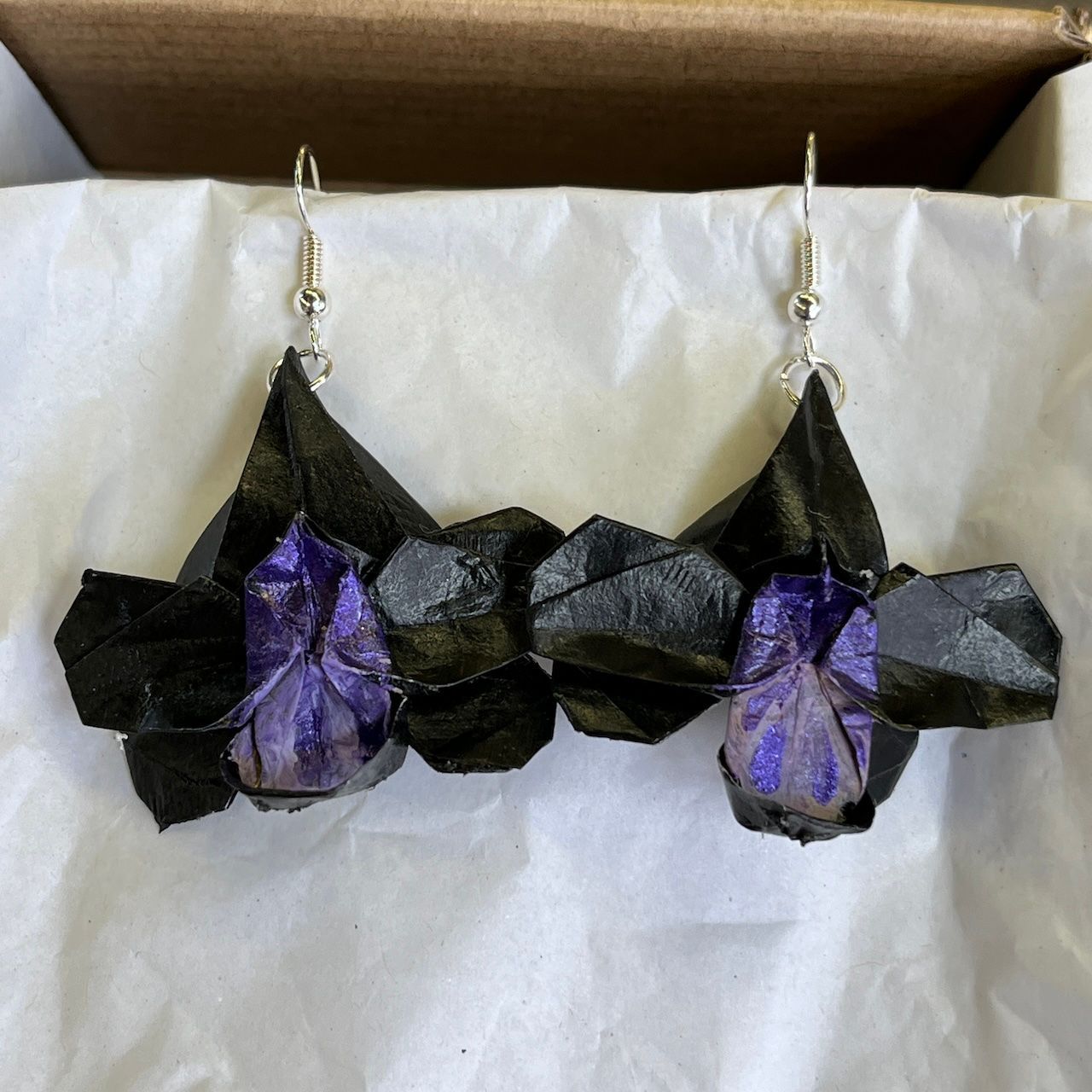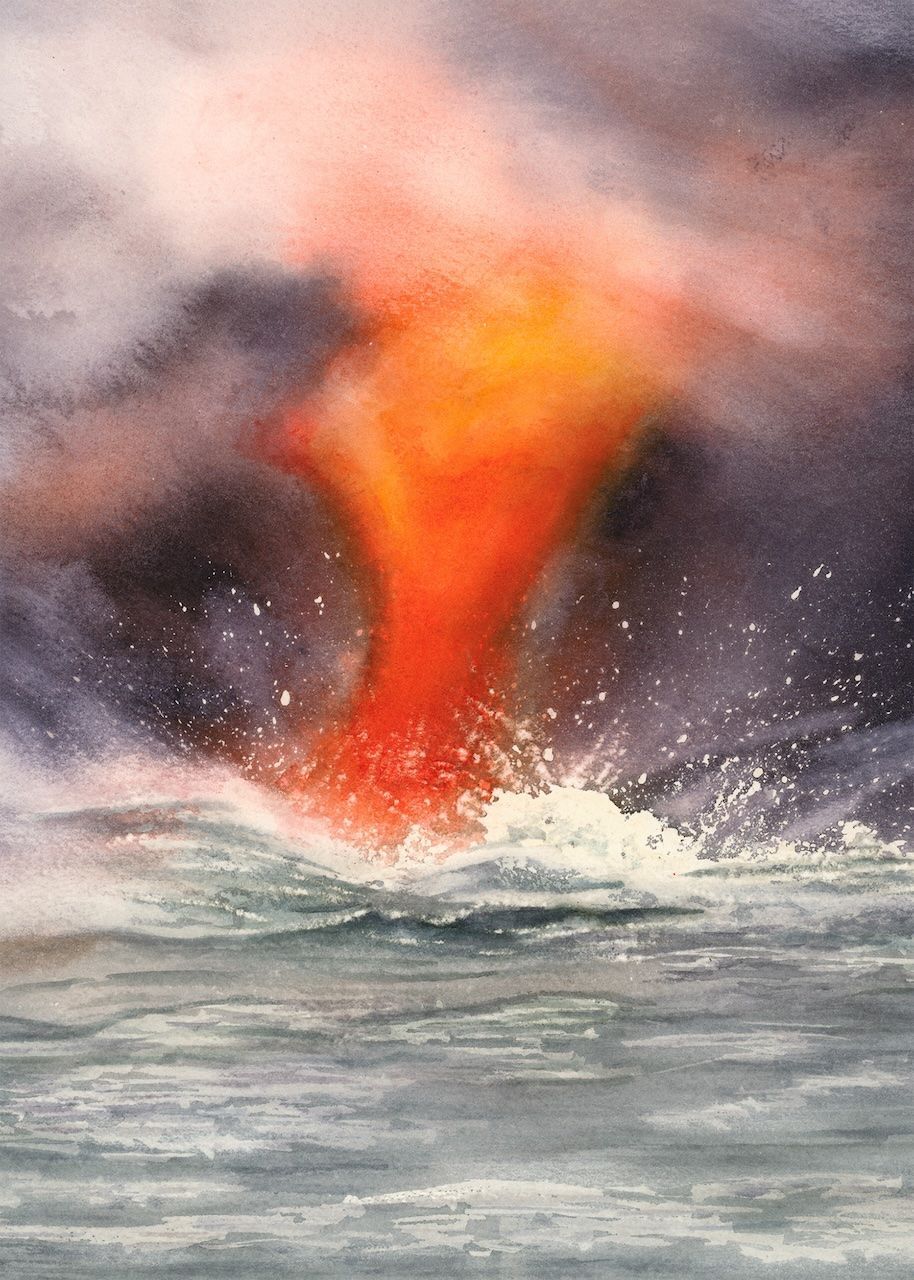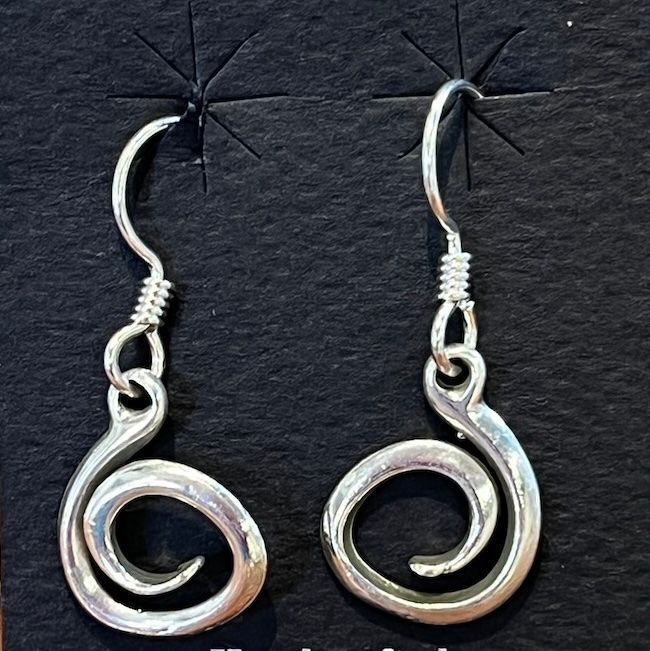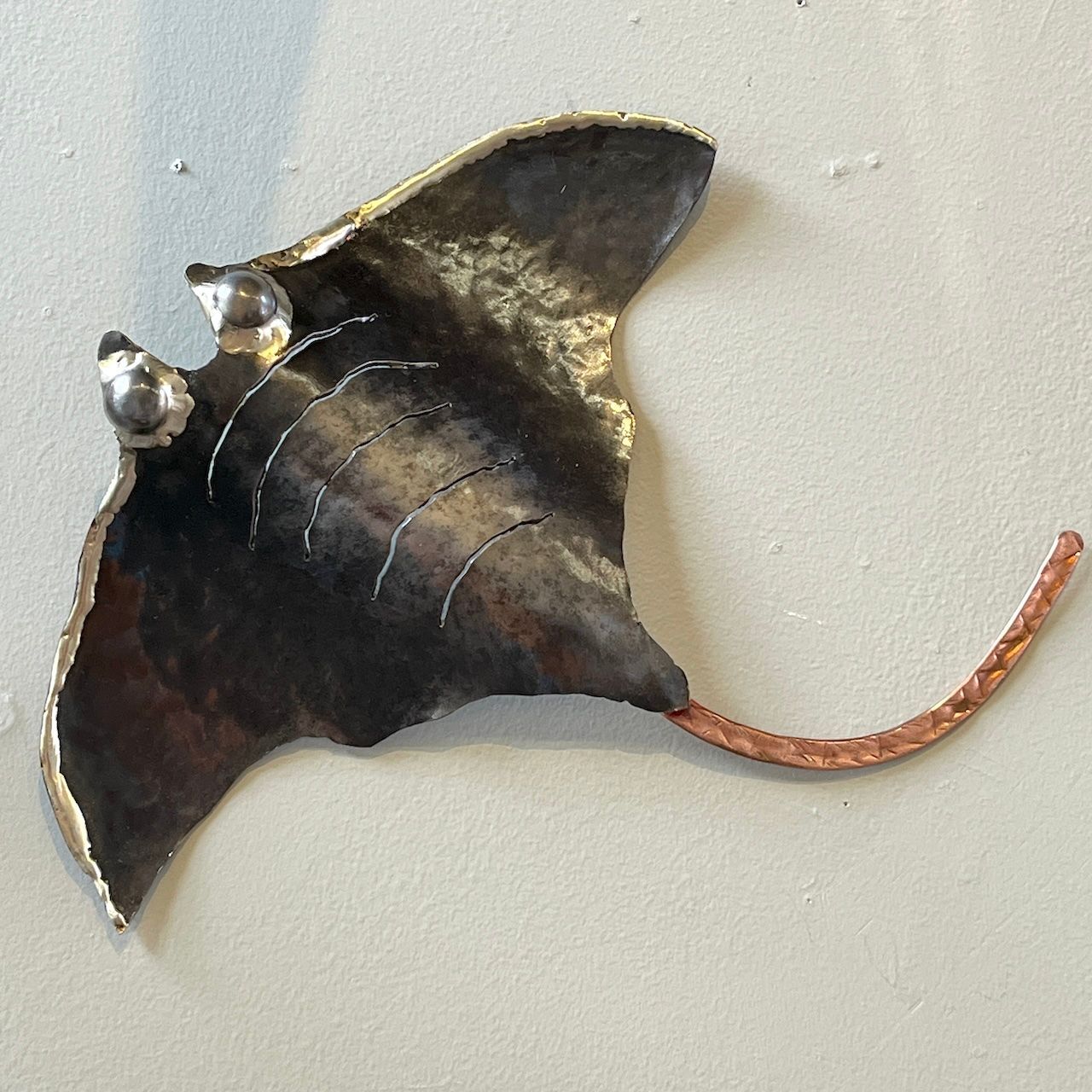July 2024 at the Gallery
Volume 15, Issue 7
A New Presentation for
Debbie Slay's
Watercolor Originals
Generally quiet and unpretentious, Debbie Slay speaks as much through action - in this case painting - as through words. All of Debbie's watercolor paintings are originals; no copies, no prints. For her, it's more personal this way.
When she's not at our gallery, she's at the Alii Gardens Marketplace six days a week. So when does she paint? Does she not sleep? Debbie totes her supplies, and paints wherever she happens to be. If a customer has an inquiry or wants to make a purchase, she is completely at ease with pausing between brush strokes to provide customer service. The interruptions are never evident in her paintings. She's just that masterful that she can put her brush down and take it up again without losing her flow.
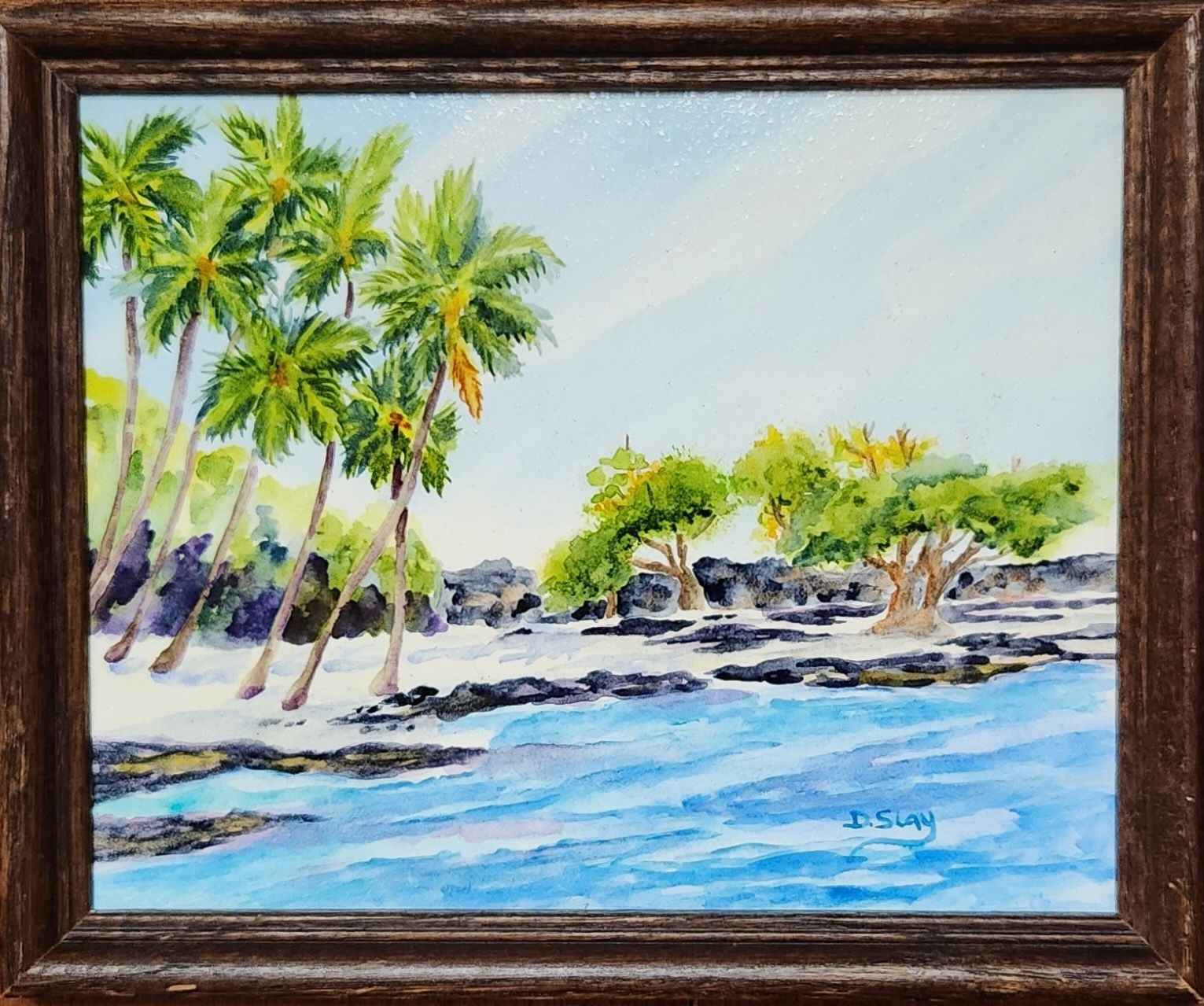
As KVA's featured artist for the month of July, Debbie is introducing a new technique for watercolor paintings that makes it suitable for framing without matting or glass. !😳!🤯!
The mind-blowing technique involves painting on Aquabord, a warp-resistant board coated in an absorbent clay and mineral compound. The compound holds onto the pigment such that the finished piece can be treated with a clear acrylic sealant without running. Multiple layers of sealant protect the painting from moisture and humidity and other damage. This ends up being superior to glass, especially in humid environments like bathrooms and tropical climates like Hawaii, where chronic moisture can spawn mildew on matting and glass.
It also eliminates the reflective glare that glass can create allowing the viewer to more fully appreciate the painting itself. The above is a sample.
More about Debbie Slay and examples applying this new technique:
'Ukuko'ako'a
The Ancestral Coral Polyp
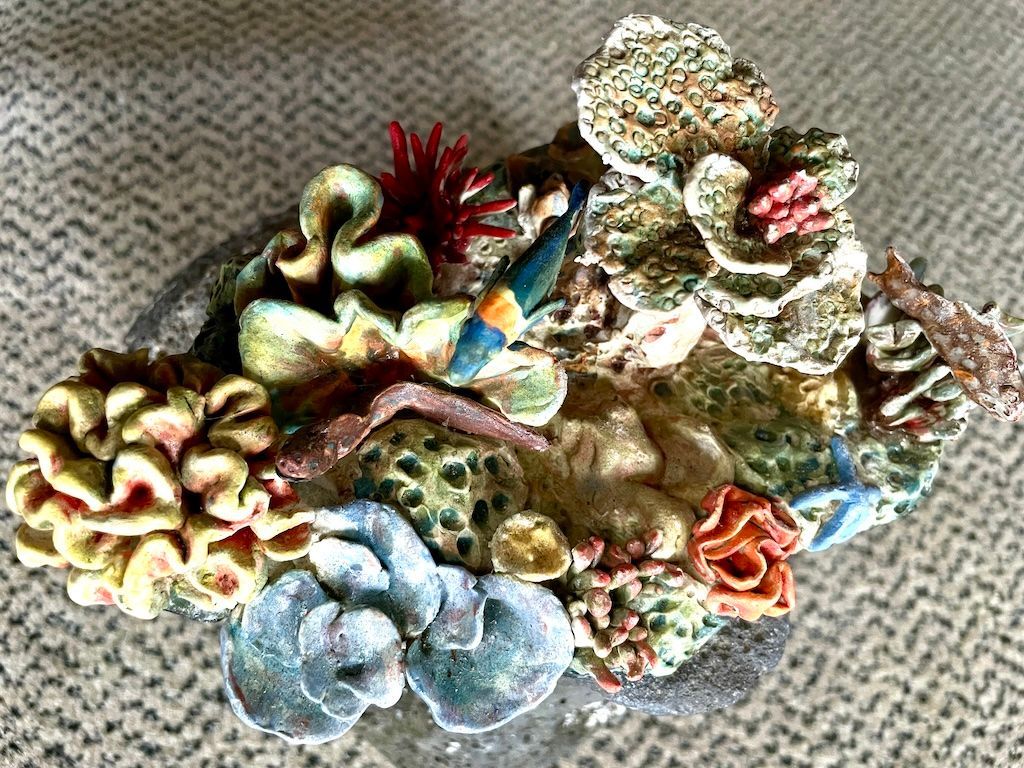
Introduction to Hawaiian marine ecology: Coral is not just a rock, but a colony of LIVING organisms called coral polyps, or 'ukuko'ako'a in Hawaiian. Colonies of coral polyps bind together and form coral reefs and it is a LIVING organism, which is also home to many other fish and sea creatures. This is why visitors are encouraged not to grab or step on the coral reefs, and to wear rashguards or "ocean safe" sunscreen. This is why several times a year in the late spring and early summer in Hawaii, certain beaches may be closed to allow the coral privacy during its very particular spawning. Lunar cycles, temperature, rainfall, tides, and water quality all need to line up "just so" in order for the coral to follow through with their once-a-year spawn and repopulate.
'Ukuko'ako'a is also a significant character in the Kumulipo, the Hawaiian creation story. The Kumulipo contains 2102 lines and is formatted much like a genealogy. Like many other creation stories, in the beginning, there was cosmic darkness. Then there were Kumulipo and Po'ele, a male and a female. And immediately after that, there was 'ukuko'ako'a, a coral polyp. 'Ukuko'ako'a was there near the very beginning of this cosmic geneology and is therefore an ancestor of sorts to all plants and animals, humans, and even gods. Also interwoven into the lines of the Kumulipo is the interconnectedness between all life - humans, animals, plants, and nature.
If you're still trying to figure out how to pronounce 'ukuko'ako'a, here's a Hawaiian Word of the Day tutorial.
May this new knowledge and cultural awareness increase your appreciation for the coral included in artworks at KVA.
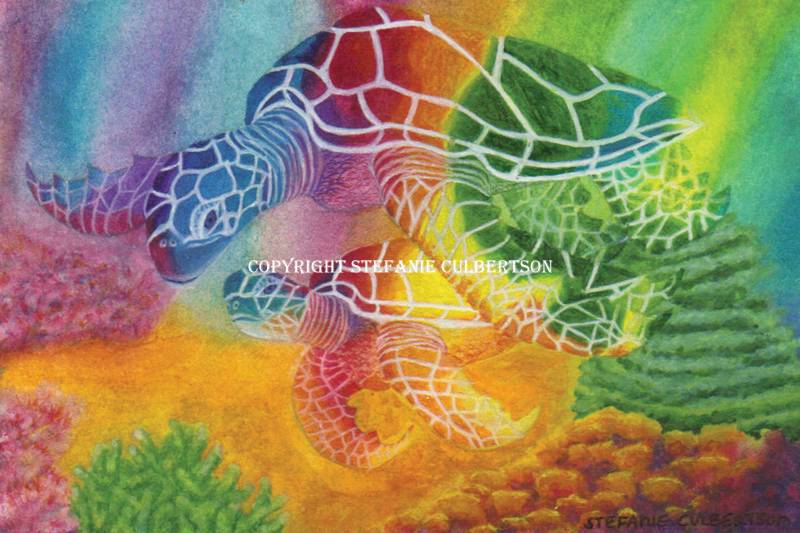
Textiles At KVA!

KVA is very pleased to welcome shibori artist Zoe Blair to our membership.
Shibori is a Japanese art form that is centuries old. It involves using techniques to manipulate fabric to resist dye, creating unique patterns and designs. Blair uses a stitch-resist technique that starts with strategically hand-stitching the design, tightening numerous threads and knotting them, dyeing the fabric, then carefully removing each thread to reveal the piece.
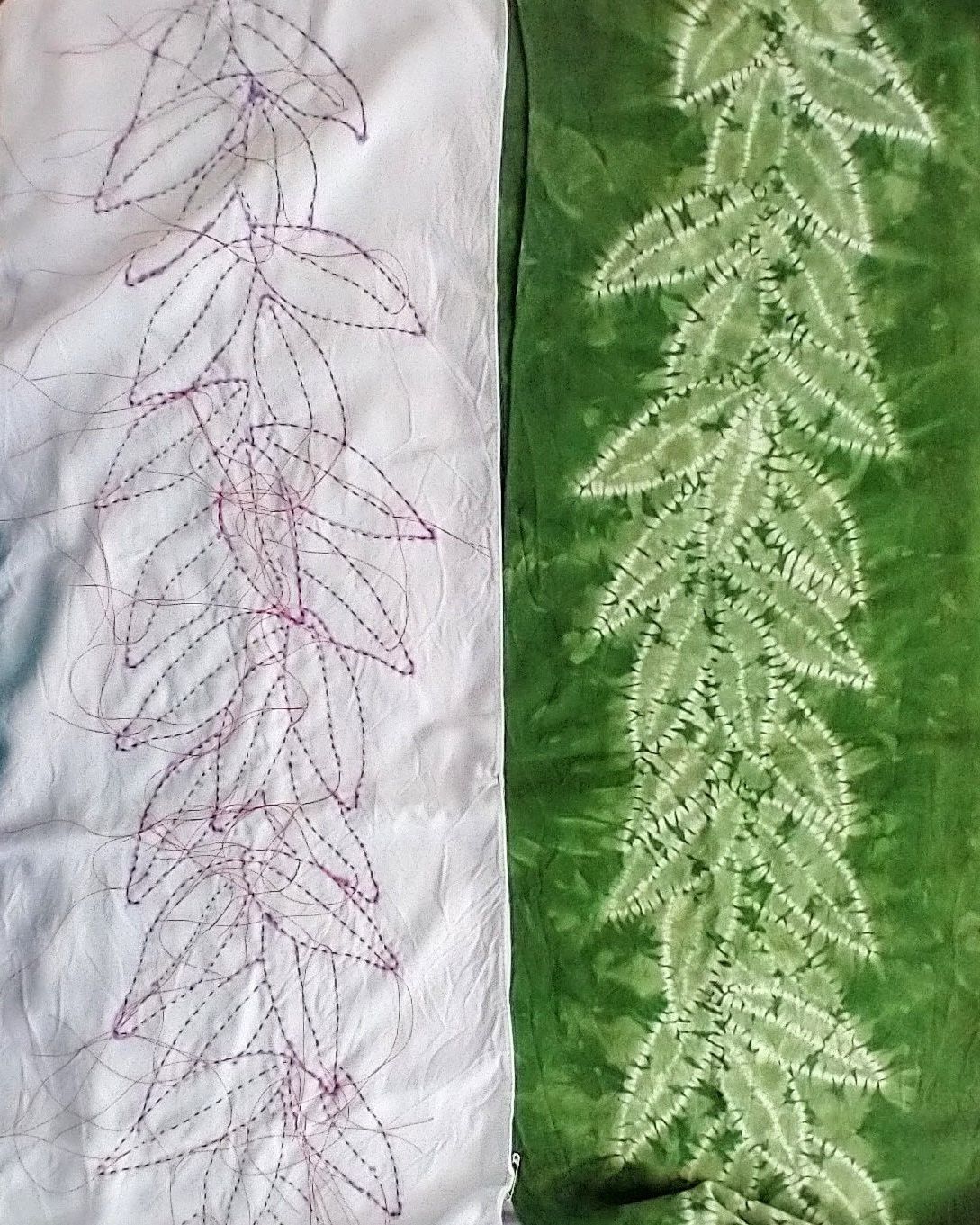
The results, as you can see, are remarkable.
The most traditional dye color in Japan is an indigo blue and like the deep blue of our surrounding ocean, it is gorgeous. Zoe uses indigo blue to dye her Hawaii-themed designs and offers them as framed works of art.
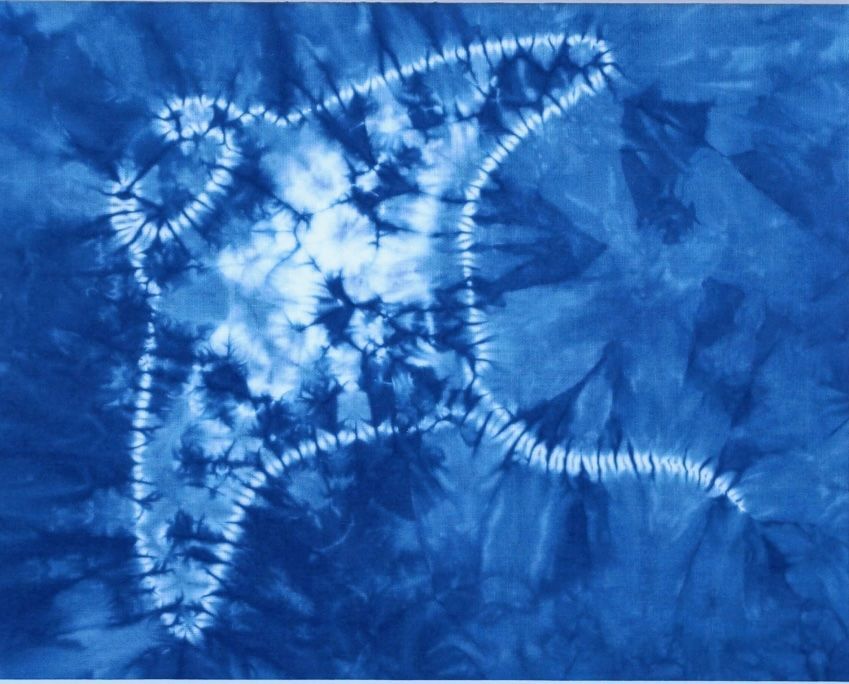
"It's can be displayed like an oil or acrylic painting, but it's a watercolor."
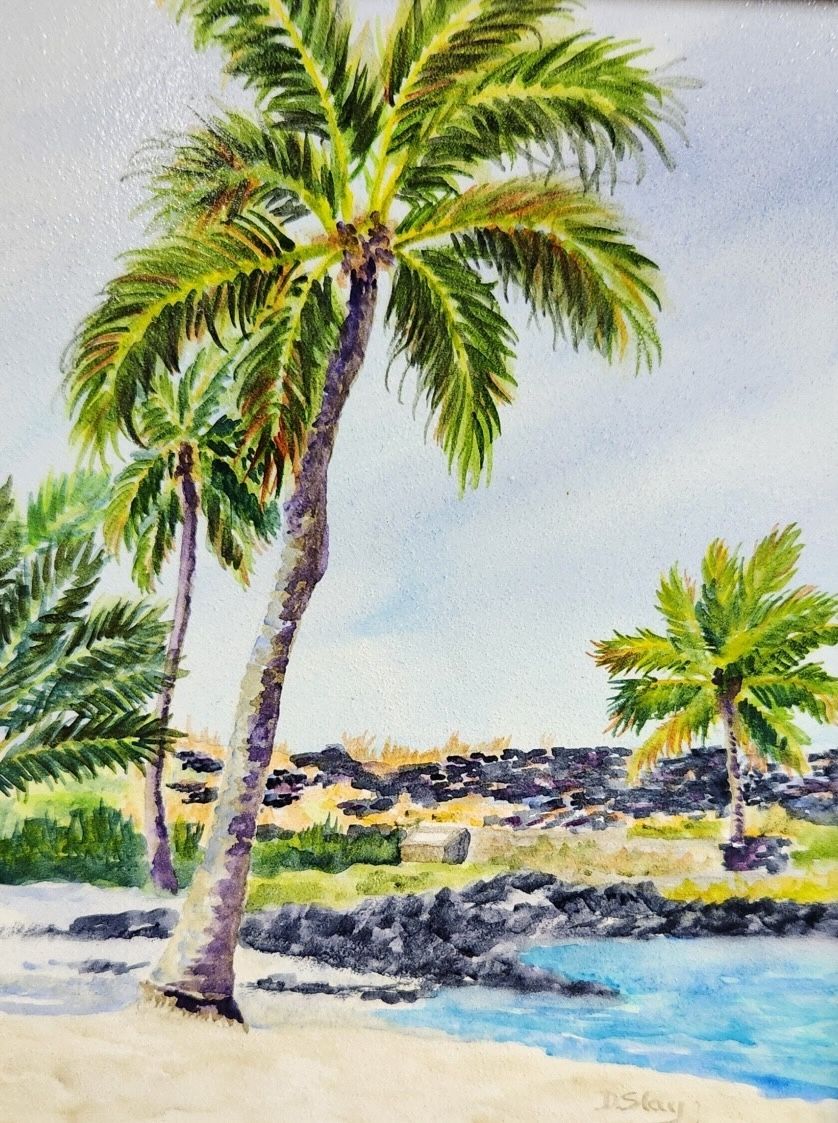
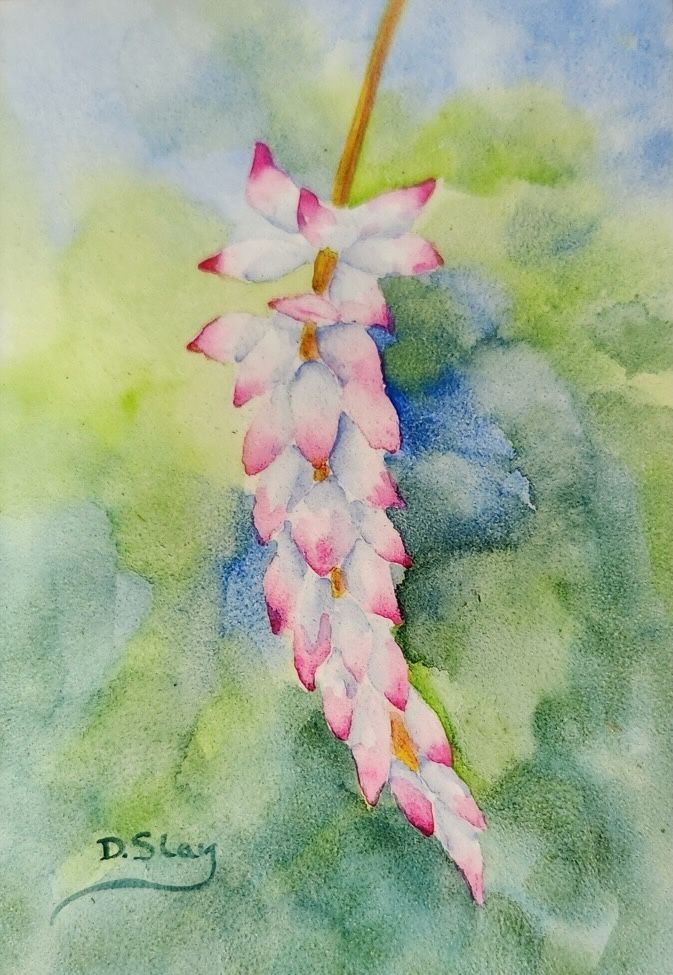
In both of the paintings above, one can appreciate the fluid blending of color unique to watercolor, especially in the backgrounds. Imagine being able to present this watercolor painting like an oil or acrylic painting, without the barrier of glass.
For those who are set in their preferences, Debbie will continue to paint on traditional watercolor paper as well. As much as there is excitement in the new, there is comfort in the familiar.
At the end of the day, either is an original watercolor painting by Debbie Slay. The differences in presentation are best appreciated in person, which will be in the gallery beginning in July. Debbie Slay herself will be in the gallery and painting on July 7 (Sunday), 21 (Sunday), and 29 (Monday).

